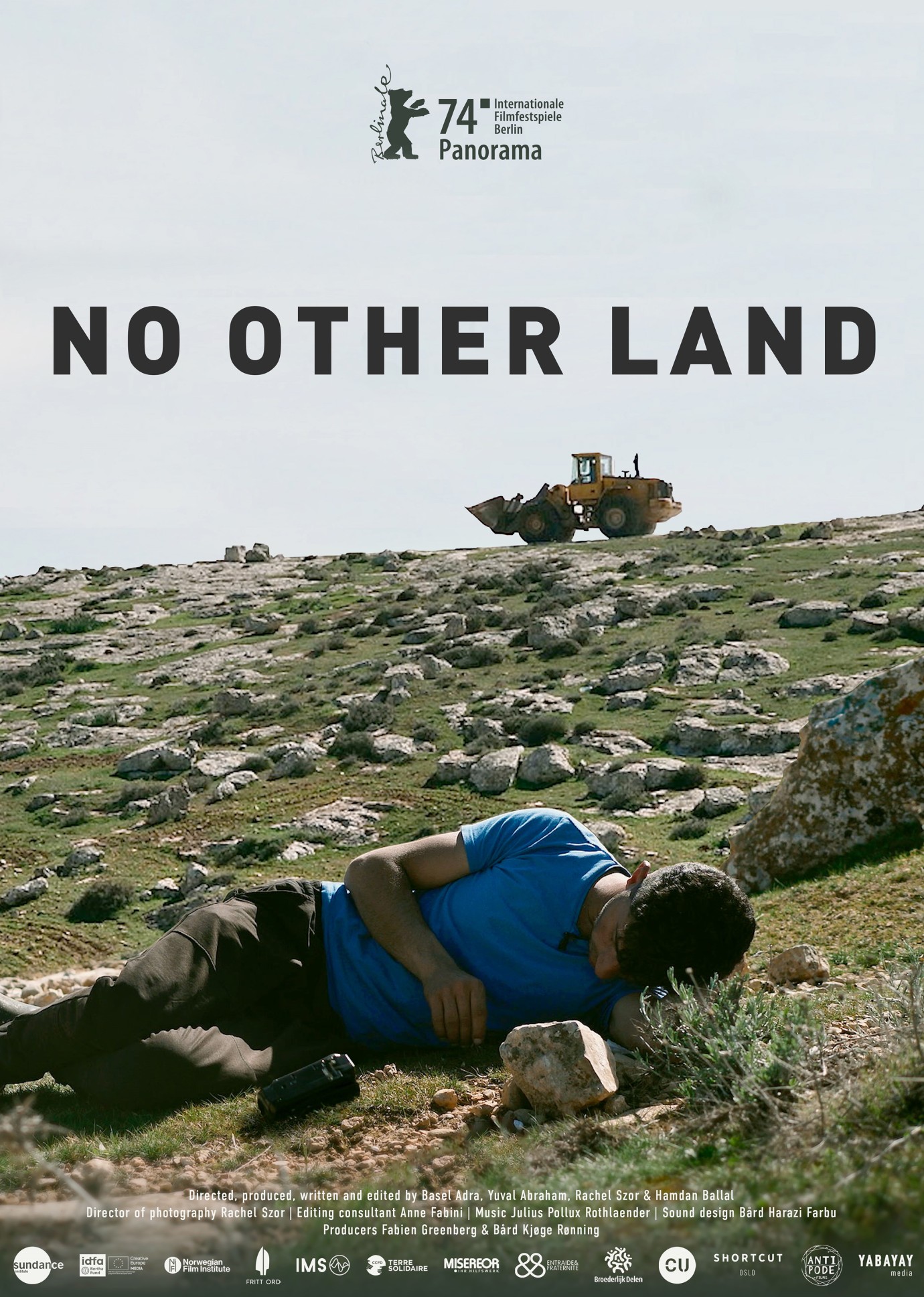
The Wild Frontier Reimagined: Unpacking the Phenomenon of the ‘Land Desperado’
In an age defined by digital interconnectedness and urban sprawl, a quiet yet potent rebellion is taking root across the globe. It’s a movement without a centralized manifesto, a banner, or a single leader, but rather a collective yearning for autonomy, self-sufficiency, and a visceral connection to the earth. This phenomenon, often whispered in online forums, shared through grainy YouTube videos, and enacted on forgotten plots of land, is perhaps best encapsulated by the evocative, almost primal moniker: the "land desperado."
While the term "we landdesperado" might not be found in official sociological texts or mainstream headlines, it resonates deeply within a burgeoning subculture. It speaks to individuals and communities who, for myriad reasons, feel disenfranchised by conventional systems and are driven by an urgent, almost desperate, need to reclaim their relationship with the land. These are not merely hobbyists; they are modern pioneers, radical homesteaders, urban farmers pushing boundaries, rewilders, and even those who, out of necessity or principle, occupy neglected spaces to forge new ways of living.
To understand the "land desperado" is to peel back layers of disillusionment with consumer culture, economic precarity, environmental degradation, and the perceived alienation of modern life. It’s a journey into the heart of a movement that is simultaneously ancient and strikingly contemporary, blending old-world skills with new-age philosophies and digital-age networking.

Echoes of the Past: A Timeless Urge
The desire to live off the land, to be self-reliant, is as old as humanity itself. From the early American homesteaders who pushed west with little more than a dream and a plow, to the "back-to-the-land" movement of the 1960s and ’70s, history is replete with examples of those who sought solace, freedom, or a better way of life away from established societal norms. Henry David Thoreau, retreating to Walden Pond, articulated a philosophy of simple living and self-sufficiency that continues to inspire. "I went to the woods because I wished to live deliberately," he wrote, "to front only the essential facts of life, and see if I could not learn what it had to teach, and not, when I came to die, discover that I had not lived."
The "land desperado" taps into this timeless urge, but with a distinctively modern twist. While their predecessors might have sought untouched wilderness, today’s desperados often find themselves reclaiming neglected urban lots, regenerating depleted farmland, or creating micro-homesteads on the fringes of suburbia. The "desperado" part of the name speaks to the urgency, the resourcefulness, and sometimes, the legal tightrope walk involved in their pursuits.
The Modern Catalyst: Disillusionment and Digital Bridges
What fuels this resurgence now? Several interconnected factors contribute to the "land desperado" phenomenon:
- Economic Precarity: Skyrocketing housing costs, stagnant wages, and the gig economy have left many feeling economically vulnerable. For some, acquiring land and building a self-sufficient life isn’t just an ideal, but a pragmatic response to an unstable financial future. Growing one’s own food, generating one’s own power, and building one’s own shelter drastically reduce reliance on a volatile market.
- Environmental Crisis: Climate change, biodiversity loss, and concerns about industrial agriculture drive many to seek more sustainable, regenerative ways of living. The land desperado often embodies permaculture principles, soil regeneration, and a deep commitment to ecological stewardship. They are not just taking from the land; they are often actively healing it.
- Search for Authenticity and Meaning: In a hyper-consumerist, often superficial world, many are yearning for deeper meaning and a sense of purpose. Working with one’s hands, facing nature’s challenges, and producing tangible results offers a profound sense of accomplishment and connection that is often missing from cubicle life. As one online forum participant, identifying as a "land desperado," put it, "It’s not just about growing carrots; it’s about growing myself. Every seed planted is an act of hope, every harvest a testament to resilience."
- Digital Empowerment: Ironically, the same digital world that often alienates us also empowers the land desperado. Online communities, forums, YouTube tutorials, and social media groups serve as vital hubs for sharing knowledge, skills, and encouragement. From how to build an off-grid solar system to effective composting techniques or identifying edible wild plants, the internet has democratized access to the information needed to live independently. This collective knowledge base reduces the isolation that once plagued homesteaders and creates a sense of "we" even across vast distances.

Faces of the Desperado: Diverse Approaches
The "land desperado" is not a monolithic figure. They represent a spectrum of approaches and philosophies:
- The Radical Homesteader: These individuals and families are committed to extreme self-sufficiency, often living off-grid, growing most of their food, raising livestock, and building their own structures. They might be found in remote rural areas, but increasingly, urban homesteads are emerging, transforming backyards and rooftops into productive oases.
- The Urban Forager/Guerrilla Gardener: These desperados reclaim neglected urban spaces – abandoned lots, median strips, roadside verges – to plant food-bearing trees, vegetables, and medicinal herbs. Their work is often unsanctioned, a quiet act of defiance against concrete jungles, turning "dead" spaces into vibrant, edible landscapes.
- The Rewilder: Driven by a passion for ecological restoration, rewilders might acquire land specifically to return it to a wilder state, removing invasive species, reintroducing native flora and fauna, and allowing natural processes to take over. Their work is about stepping back, letting nature lead, and fostering biodiversity.
- The Community Land Steward: Groups of desperados often pool resources to acquire land, establishing intentional communities or land trusts focused on sustainable living, shared labor, and collective resilience. These models emphasize collaboration over individual ownership, building robust support networks.
- The "Van Life" Nomad: While not tied to a fixed plot of land, this subset of desperados embodies the spirit of self-reliance and freedom from conventional housing. They often seek out remote natural areas for extended stays, connecting with the land on a transient, yet profound, basis, living lightly and minimally.
Challenges and Realities: The Desperado’s Grit
Life as a "land desperado" is far from the romanticized ideal often portrayed on social media. It demands immense grit, resilience, and a willingness to embrace hardship.
- Legal Hurdles: For those reclaiming abandoned land or engaging in unsanctioned urban farming, legal challenges are a constant threat. Property rights, zoning laws, and municipal ordinances can quickly turn a dream into a legal nightmare. The "desperado" aspect often implies operating at the edges of, or outright outside, established legal frameworks.
- Physical Labor: The work is relentless. Building, planting, harvesting, maintaining infrastructure – it’s physically demanding and often solitary. There are no weekends off when your survival depends on your own efforts.
- Skills Gap: Most people in modern society lack the practical skills required for self-sufficiency. Learning carpentry, plumbing, electrical work, animal husbandry, soil science, and plant pathology all at once is a steep learning curve. The internet helps, but hands-on experience is paramount.
- Social Isolation: Depending on the chosen path, some desperados can experience significant isolation, particularly those in remote locations. Balancing the desire for autonomy with the human need for connection is a constant negotiation.
- Financial Strain: While the goal is often financial independence, the initial investment in land, tools, and materials can be substantial, and the transition period can be financially precarious.
The Future of the ‘Land Desperado’
The "land desperado" phenomenon, with its diverse expressions and underlying motivations, represents a powerful critique of contemporary society and a hopeful exploration of alternative futures. It challenges notions of progress, ownership, and what it truly means to be secure and fulfilled.
As global uncertainties mount – from climate change to economic instability – the principles espoused by the land desperado are likely to gain further traction. The skills they cultivate, the communities they build, and the resilient systems they design offer valuable lessons for a world grappling with the need for greater sustainability and adaptability.
It’s a movement born not of a single ideology, but from a shared, almost desperate, longing for connection – to the earth, to community, and to an authentic self. The "we" in "we landdesperado" is crucial: it signifies a growing, albeit often dispersed, collective consciousness. These individuals, quietly tilling the soil, restoring forgotten ecosystems, and building new foundations, are not just surviving; they are actively reimagining what it means to thrive in a world that desperately needs new visions for its future. They are the wild frontier reimagined, one resilient plot of land at a time.


